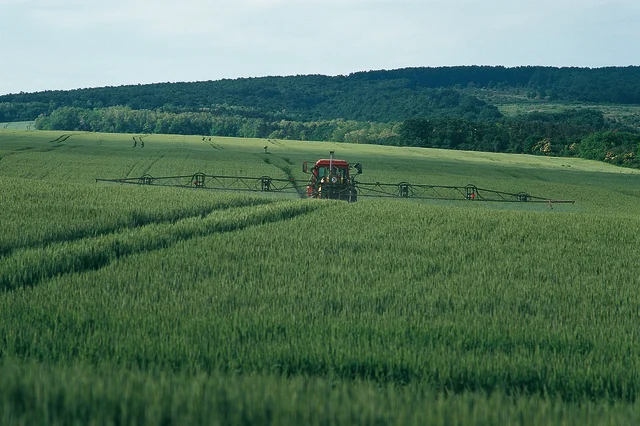Published on 27th October 2017
Weed Management
Top Tips for your post-emergence herbicide

Following up with a post-emergence in autumn will press home the advantage on plants weakened by the pre-em.
Top Tips for your post-emergence herbicide Content
1. Following up with a post-emergence in autumn will press home the advantage on plants weakened by the pre-em.
Residual herbicides continue to affect black-grass plants throughout the autumn. Even plants that are not killed by the pre-em are still weaker and vulnerable to further herbicides. Applying a post-emergence such as Hamlet or Atlantis will make sure that these black-grass plants are not able to recover and cause problems in the crop later in the season.
2. Black-grass plants with enhanced metabolism type resistance (EMR) to Atlantis can still be susceptible at early growth stages
Resistance is one of the main concerns when using post-emergence herbicides. EMR is the most common form found in UK black-grass, it means black-grass plants can metabolise i.e. break-down herbicides before they cause any harm. However, small plants are less capable of metabolising post-em herbicides so an early application will overwhelm the defences and kill the black-grass.
3. The aim is to land the herbicide on a small target leaf, so a fine spray quality, low forward speed and low wind speed are essential to maximise deposition and uptake.
Hamlet and Atlantis are taken in by the leaf so application is critical. The spray needs to land on the leaf and dry so a relatively small droplet size is important. A fine spray usually provides the best leaf coverage but can be vulnerable to drift in windy conditions – in this situation consider a fine-medium spray. In small open crops, lower water volumes can be used but as the canopy gets thicker, use a higher water volume, up to 400 L/ha, to ensure leaf coverage.
4. Sunny conditions stimulating active growth can contribute to product efficacy, consider spraying on bright dry winter days where both crop and weeds are clearly growing.
Bright, sunny weather even in the middle of winter can provide the right conditions for post-em application. Firstly, these conditions ensure that the leaf dries soon after herbicide application. Secondly, with the trend towards milder winters, sunny weather often results in active growth which means herbicides will be taken in by the black-grass.
5. Winter kill has a big effect on final levels of control – monitor sick black-grass plants and check if the frost finishes them off.
Unless temperatures get very low, winter kill is not caused by the direct effect of cold on the plant but by frost heave. This can lift small shallow rooted plants out of the soil and expose their roots which then dry out and kill the plant. Black-grass which has been treated with a pre-em usually has stunted root growth making them more vulnerable to frost heave. However, relying on winter kill to finish the work of the pre-em is risky so following up with a post-em is recommended.



